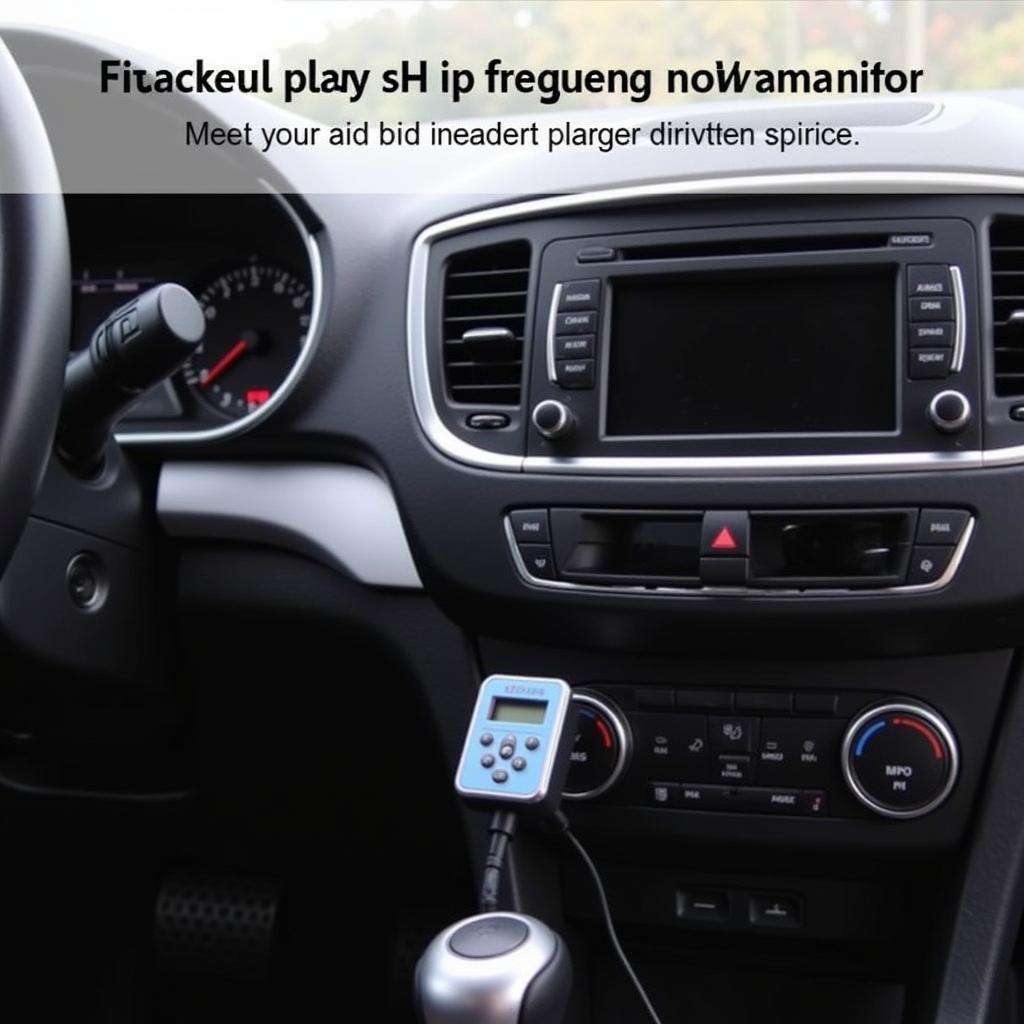The “Inside Edition car seat warning” has become a hot topic among vehicle owners, sparking concern about car safety and potential malfunctions. This phrase often refers to news segments or reports highlighting issues detected with car seat systems, particularly those related to warning lights and sensor malfunctions. While these warnings are crucial for passenger safety, they can sometimes be triggered due to minor glitches or improper installation, leading to confusion and frustration for drivers.
Decoding the Car Seat Warning System
Modern vehicles are equipped with sophisticated safety systems, and car seat warnings are a vital component. These systems are designed to alert drivers about:
- Occupant Detection: Sensors in the passenger seat determine if an adult, child, or child seat is present.
- Seat Belt Status: The system monitors if the seat belt is fastened correctly, both for the driver and passengers.
- Airbag Deployment: In case of a collision, the system can deactivate airbags or adjust their deployment force depending on the weight and position of the passenger.
A malfunctioning car seat warning system can manifest in several ways, including:
- Persistent warning light: The dashboard indicator for the car seat system remains illuminated even when the seat is empty or a passenger is correctly secured.
- Intermittent warning chimes: The car emits random beeping sounds, often accompanied by a flashing warning light, even when there’s no apparent issue.
- Airbag deactivation: In some cases, a faulty system might disable the passenger-side airbag even when an adult is occupying the seat.
Common Causes Behind Car Seat Warning Malfunctions
Understanding the potential triggers for these malfunctions is the first step to addressing them effectively. Here are some of the most prevalent reasons:
-
Faulty Seat Occupancy Sensor: This sensor, often located within the passenger seat cushion, can wear out, get damaged, or experience electrical issues, leading to inaccurate readings.
-
Wiring Problems: Loose connections, damaged wires, or corrosion within the wiring harness connected to the seat sensor can disrupt signal transmission.
-
Software Glitches: Like any computer-based system, the car’s software can encounter glitches or require updates, potentially affecting the car seat warning system.
-
Aftermarket Accessories: Installing seat covers, heating pads, or other accessories without proper care can interfere with the seat sensor’s functionality.
-
Extreme Temperatures: Extreme heat or cold can impact the sensitivity and accuracy of the sensors, leading to false warnings.
 Car Seat Sensor Location
Car Seat Sensor Location
Troubleshooting Car Seat Warnings: A Step-by-Step Guide
Before rushing to a mechanic, you can try these troubleshooting steps:
-
Check for Obvious Obstructions: Remove any objects, including bags, groceries, or electronic devices, from the passenger seat and seat belt buckle area. Ensure the seat belt is not trapped or twisted.
-
Fasten Seat Belts Securely: Ensure that both the driver and passenger seat belts are fastened correctly and click into place. Sometimes, a loose seat belt can trigger the warning.
-
Inspect Seat Covers and Accessories: If you have aftermarket seat covers, heating pads, or seat cushions, remove them temporarily to rule out any interference with the sensor.
-
Restart the Vehicle: Like rebooting a computer, restarting your car can sometimes resolve minor software glitches that might be affecting the warning system.
-
Consult Your Owner’s Manual: Your car’s manual contains specific information about your vehicle’s warning systems, including how to reset them or identify specific warning codes.
When to Seek Professional Help
If the troubleshooting steps don’t resolve the issue, it’s essential to seek professional assistance.
“Ignoring persistent car seat warnings can compromise safety,” says automotive electronics specialist John Miller. “A qualified technician can accurately diagnose the problem and ensure the system functions correctly.”
A professional mechanic or dealership service center can:
- Run Diagnostic Tests: Using specialized diagnostic tools, they can pinpoint the root cause of the malfunction, whether it’s a faulty sensor, wiring issue, or software problem.
- Replace Faulty Components: They can replace a malfunctioning sensor, repair damaged wiring, or update the vehicle’s software as needed.
- Calibrate the System: After repairs, the car seat warning system might need recalibration to ensure accurate readings and prevent future false alarms.
Prioritizing Safety: Car Seat Warnings Are Crucial
While car seat warnings can be frustrating, it’s vital to remember their critical role in passenger safety. Addressing these warnings promptly ensures that your vehicle’s safety systems are functioning correctly, providing optimal protection for you and your passengers. Don’t ignore persistent warnings – take the necessary steps to troubleshoot or seek professional help to keep your car safe and your mind at ease.

